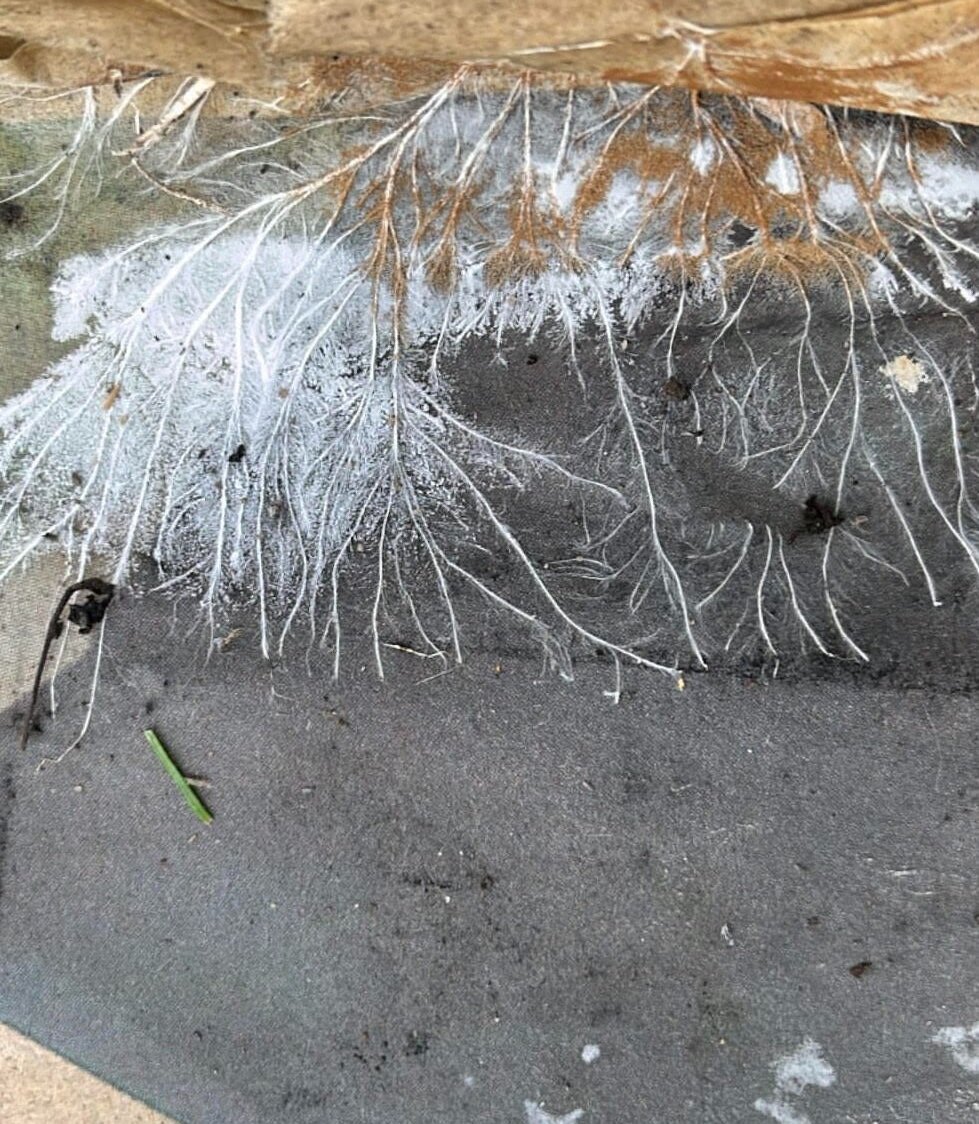What’s Alive Below Your Feet
and why it matters

Soil Microbes 101
Bacteria
Under aerobic conditions, these single-celled organisms are responsible for a significant portion of nutrient cycling in living soil. Decomposer bacteria mine and absorb nutrients from minerals and organic matter. They are then consumed by one of their respective micrograzers (protozoa or bacterial-feeding nematodes) who excrete the nutrients for root absorption. For this reason, we often refer to soil bacteria as the ‘fertilizer bags’ in the soil.
Actinobacteria are very thin filamentous bacteria that were once believed to be fungi. They can exist in both aerobic and anaerobic conditions, and they are capable of secreting antibiotics around their bodies, which is why they are utilized as a biocontrol to fight certain plant diseases.
Beneficial Fungi
Decomposer fungi are beneficial to plant life and manufactures all of the necessary enzymes and organic acids to mine and pull plant-essential nutrients out of the sand, silt, clay, mineral and organic matter in soil. They also create soil structure that allows efficient water and oxygen infiltration. In turn, plants also release foods, called exudates, for beneficial fung
Cercozoa - Amoebae
Protozoa
Protozoa are single-celled organisms consisting of three groups: flagellates, amoebae and ciliates. Their role in the soil food web is to consume bacteria and excrete plant-available forms of nutrients. Without proper numbers of protozoa in soil or compost, soluble nutrients are never released from decomposer bacteria and nutrient cycling does not occur
Oomycetes
Oomycetes are also known as water molds and they are filamentous organisms that resemble fungi, however they are not true fungi. Although they can take on roles as either saprophytes or pathogens, they have a cell wall composed of cellulose instead of chitin, as with fungi, and include some of the most notorious plant pathogens such as downy mildew, blights, phytophthora, and pythium.
Nematodes
Also known as roundworms, nematodes are microscopic snake-like organisms that are quite large in comparison to bacteria. Bacterial-feeding nematodes and fungal-feeding nematodes are key micrograzers for nutrient cycling in living soil. They are responsible for a significant portion of soluble nutrient release from bacteria and fungi and indicate healthy aerobic conditions.




